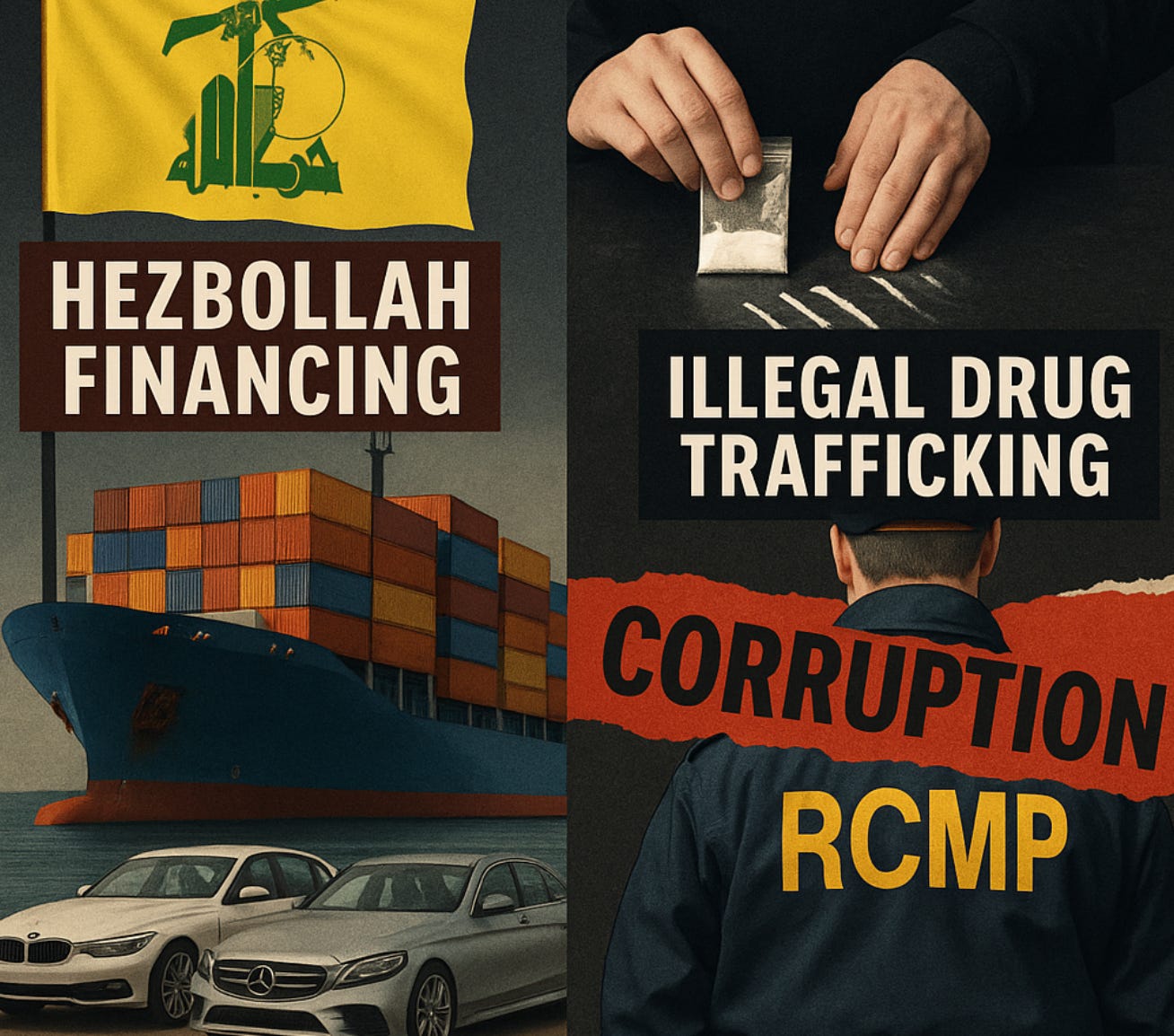2025 Risk Report Confirms Hezbollah Crime Networks in Canada, Echoing U.S. Warnings Ottawa Ignored: Op-Ed
A federal assessment admits Hezbollah is tied to Canada’s fentanyl crisis and auto-theft epidemic—validating U.S. intelligence and my 2019 reporting, while exposing years of dangerous inaction.
Keep reading with a 7-day free trial
Subscribe to The Bureau to keep reading this post and get 7 days of free access to the full post archives.



